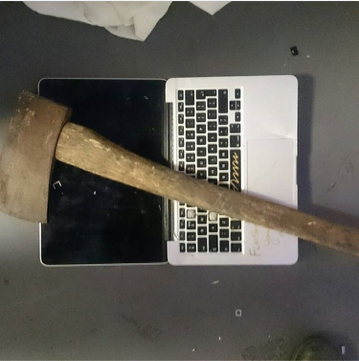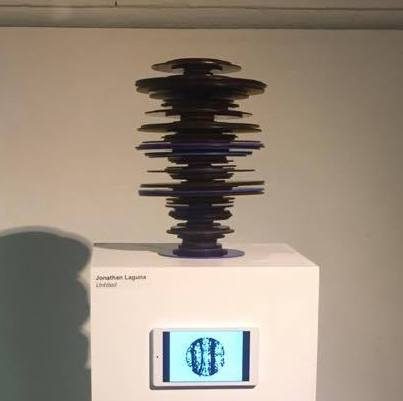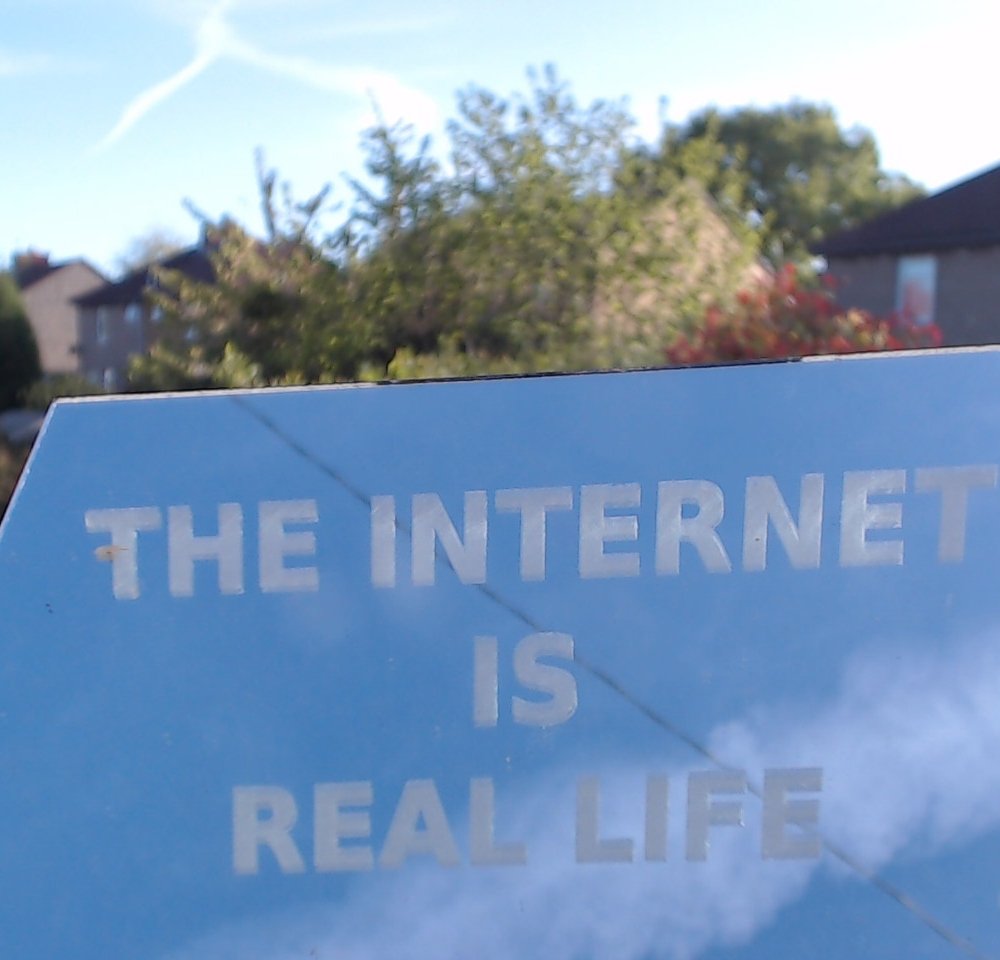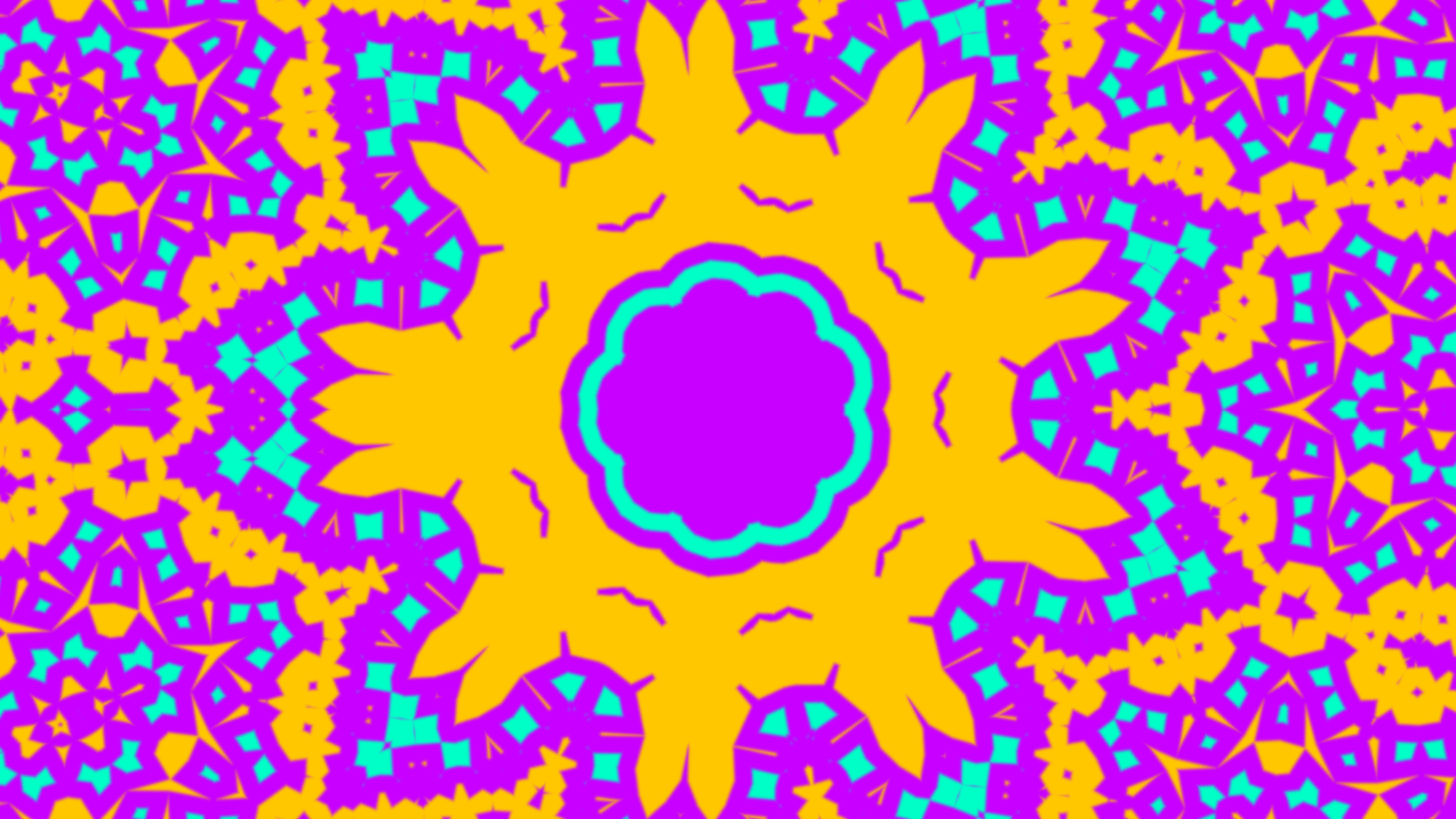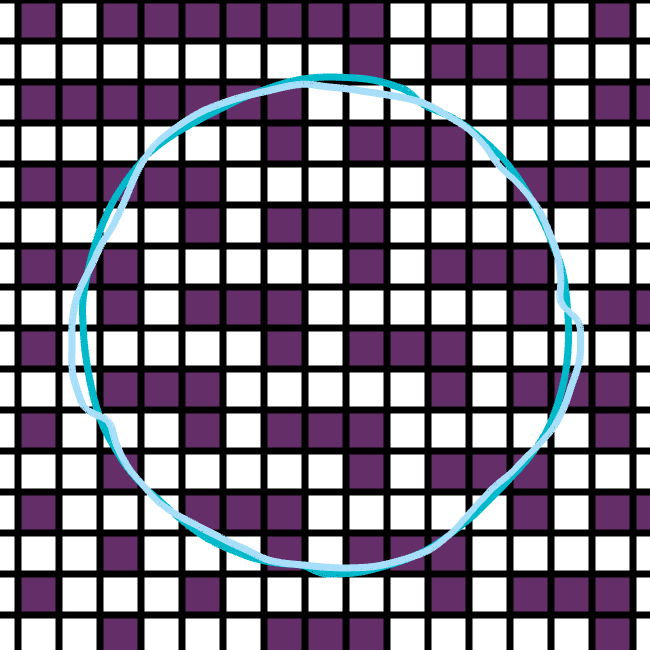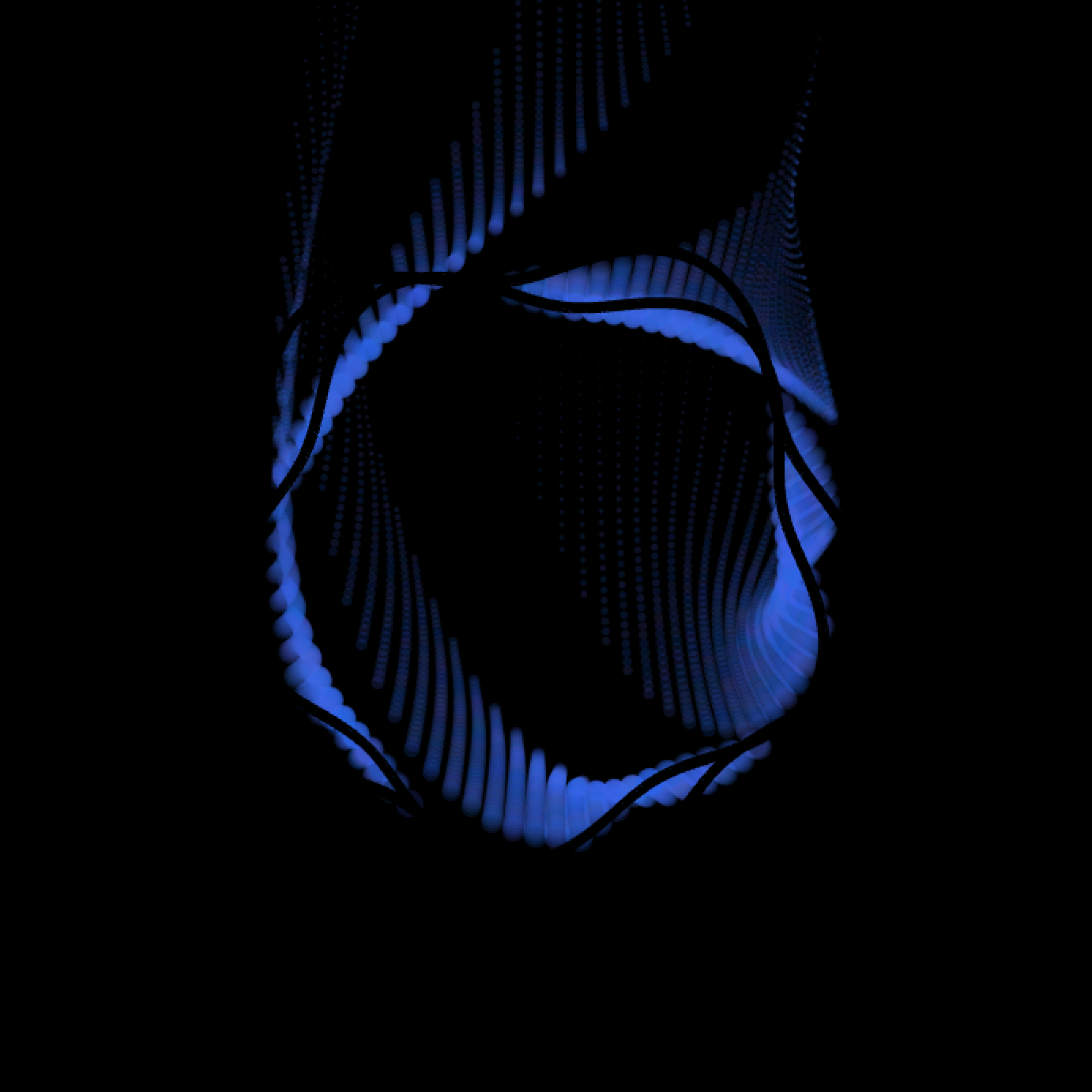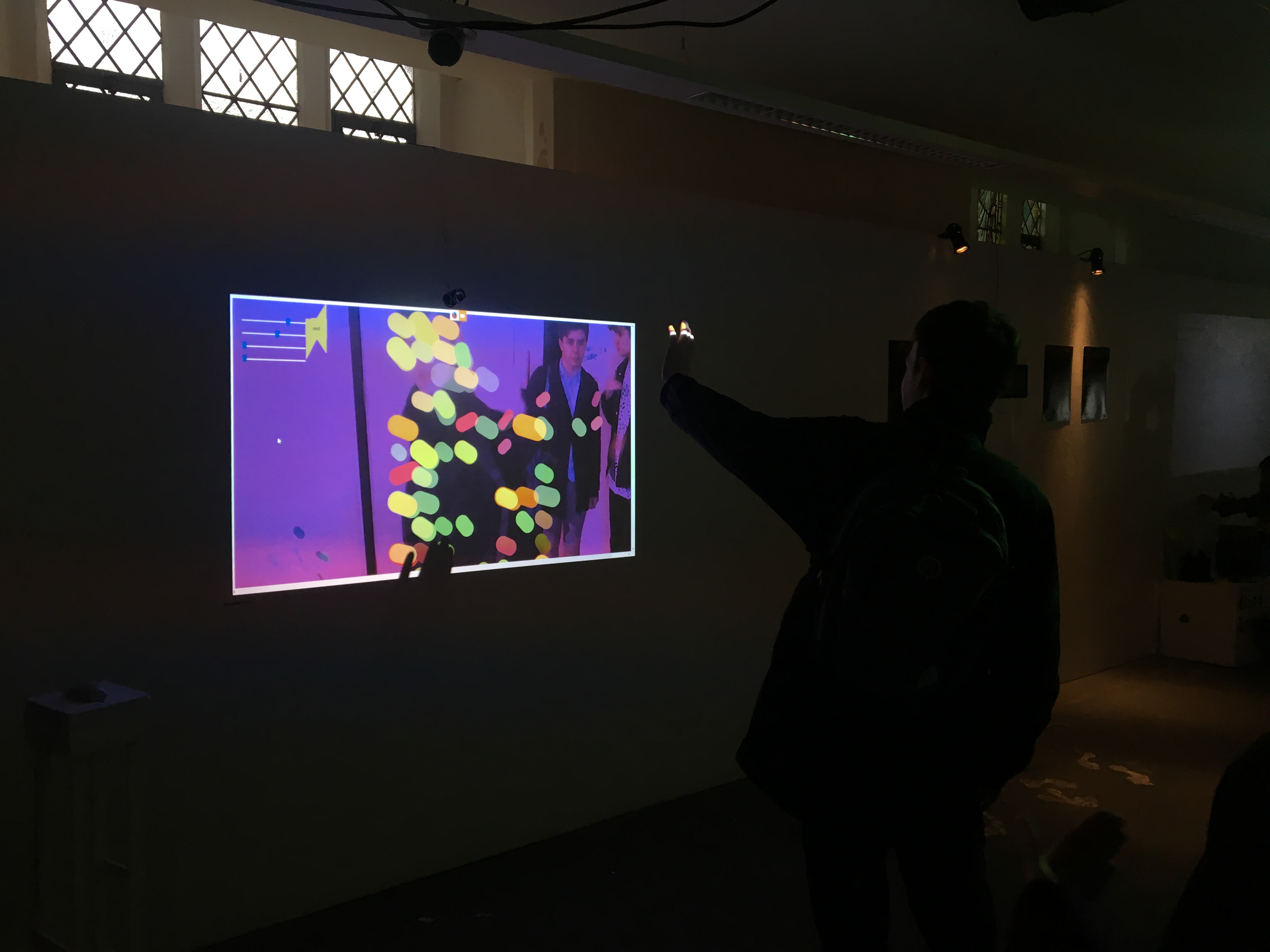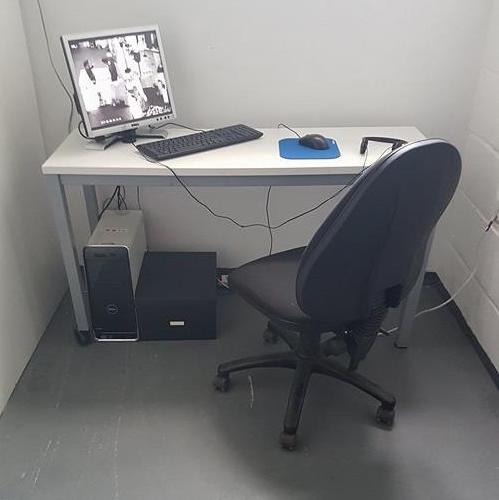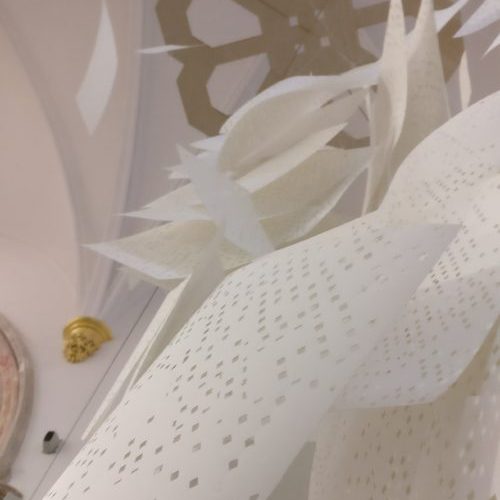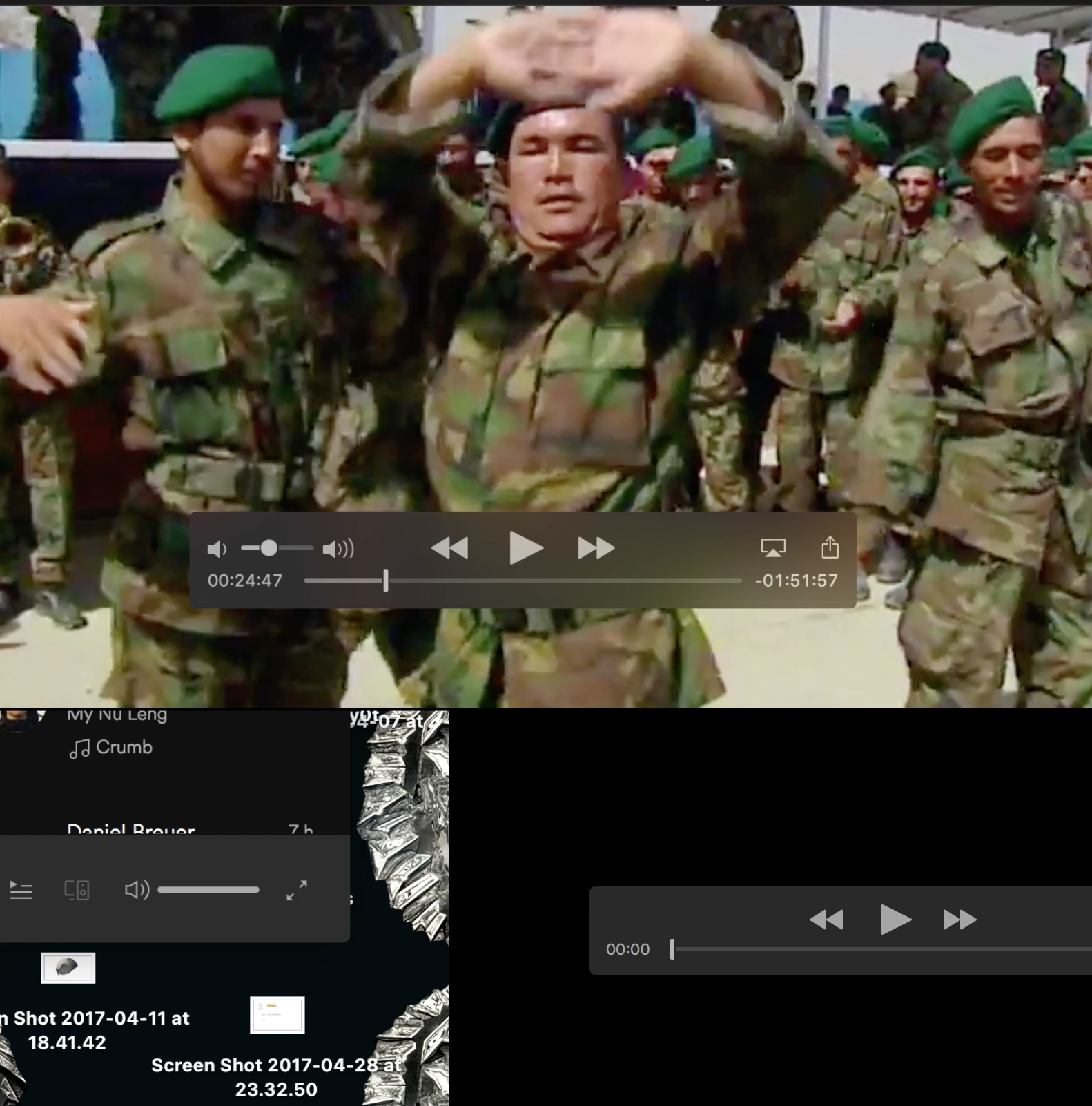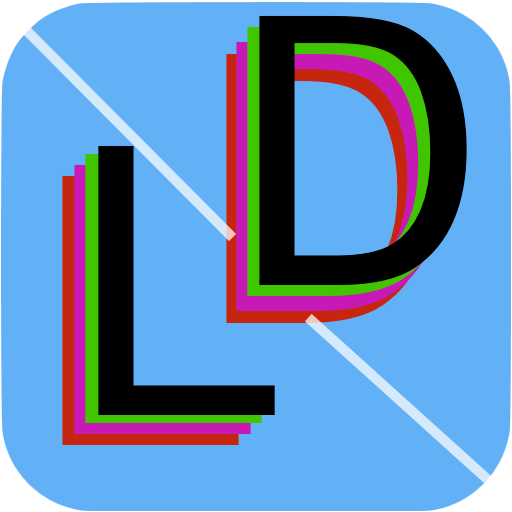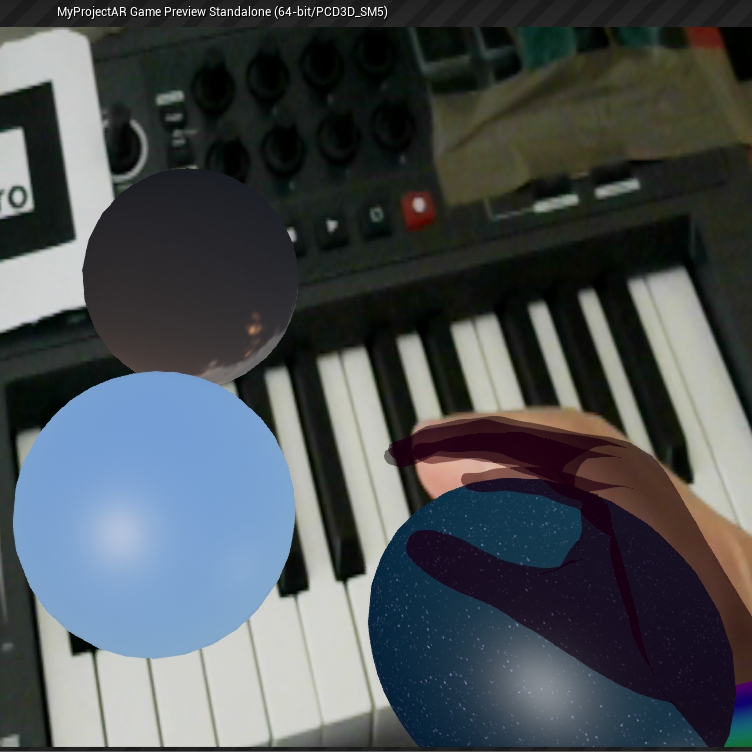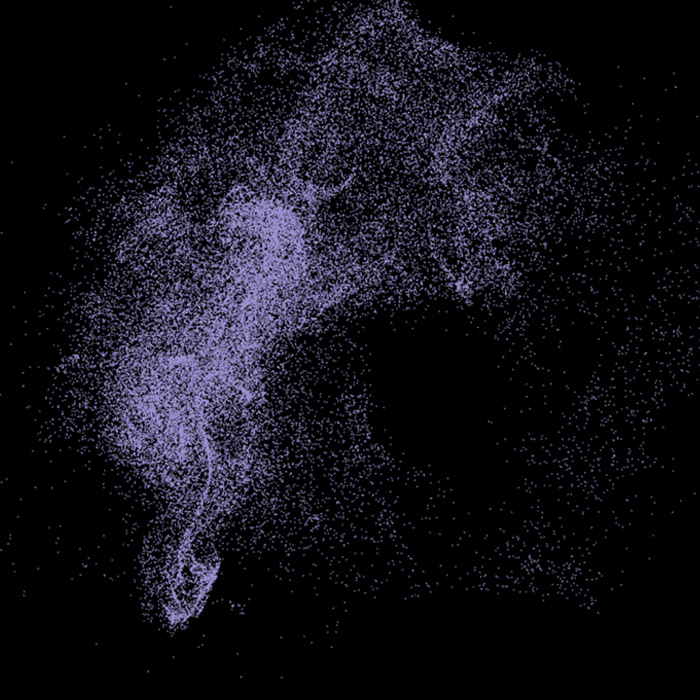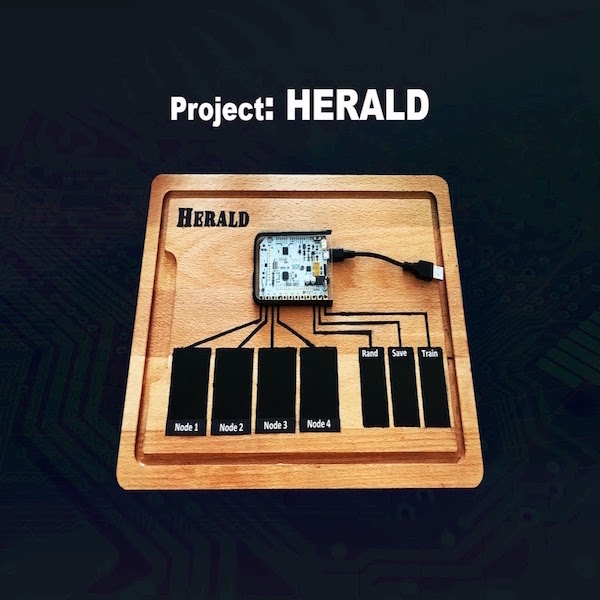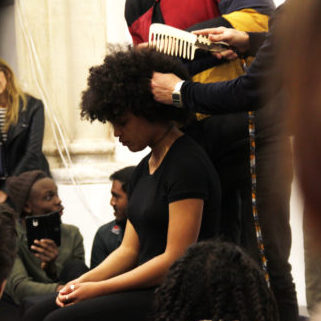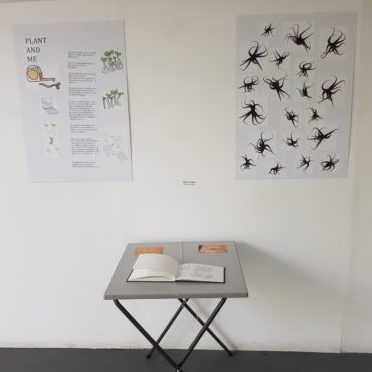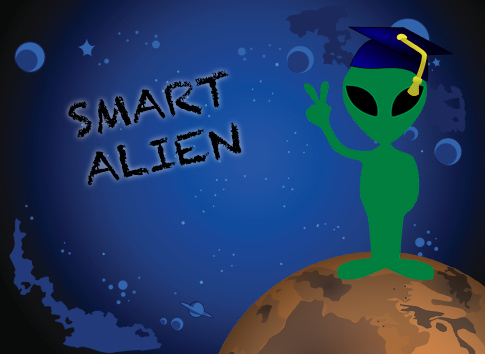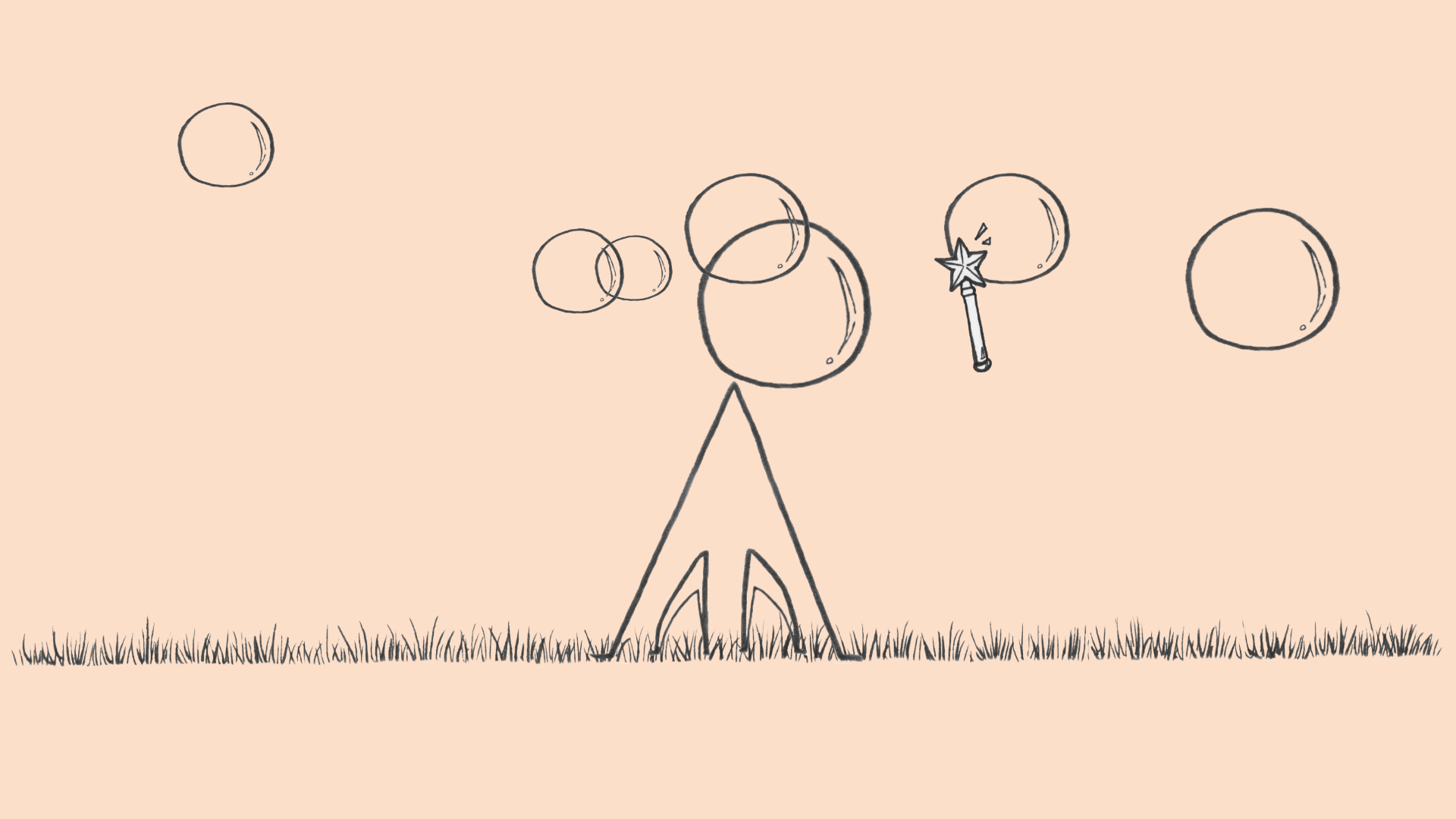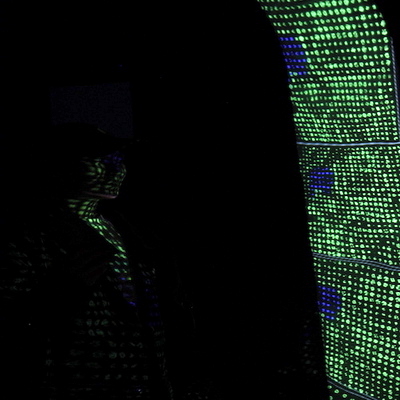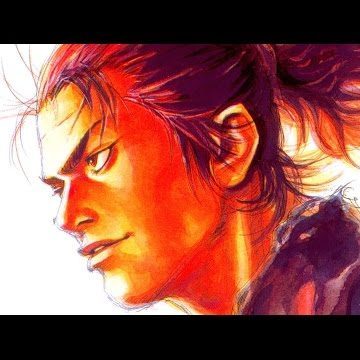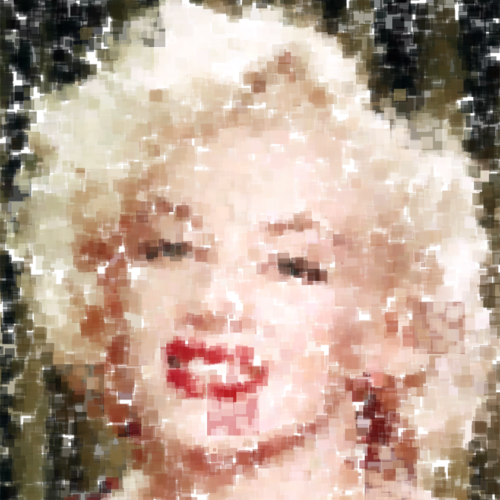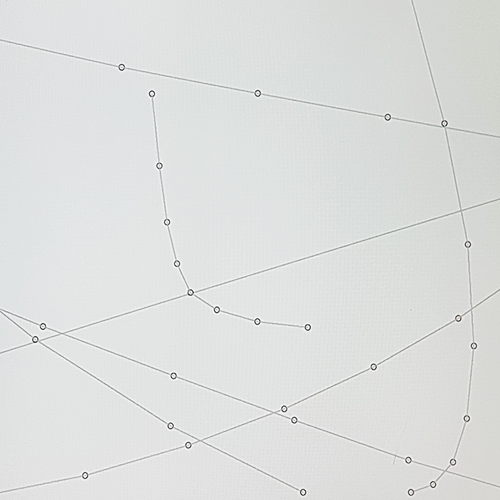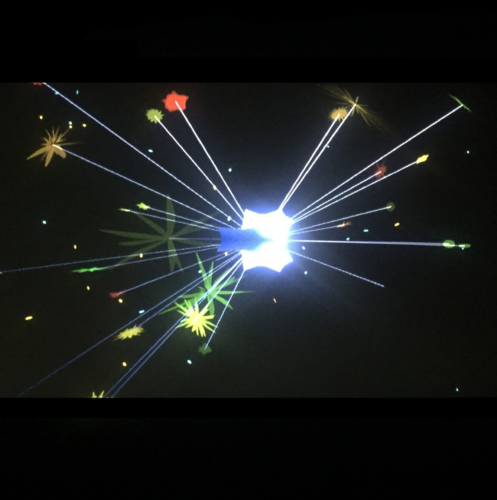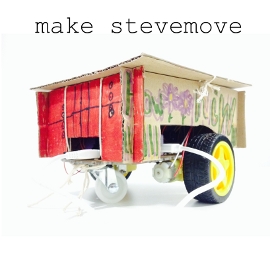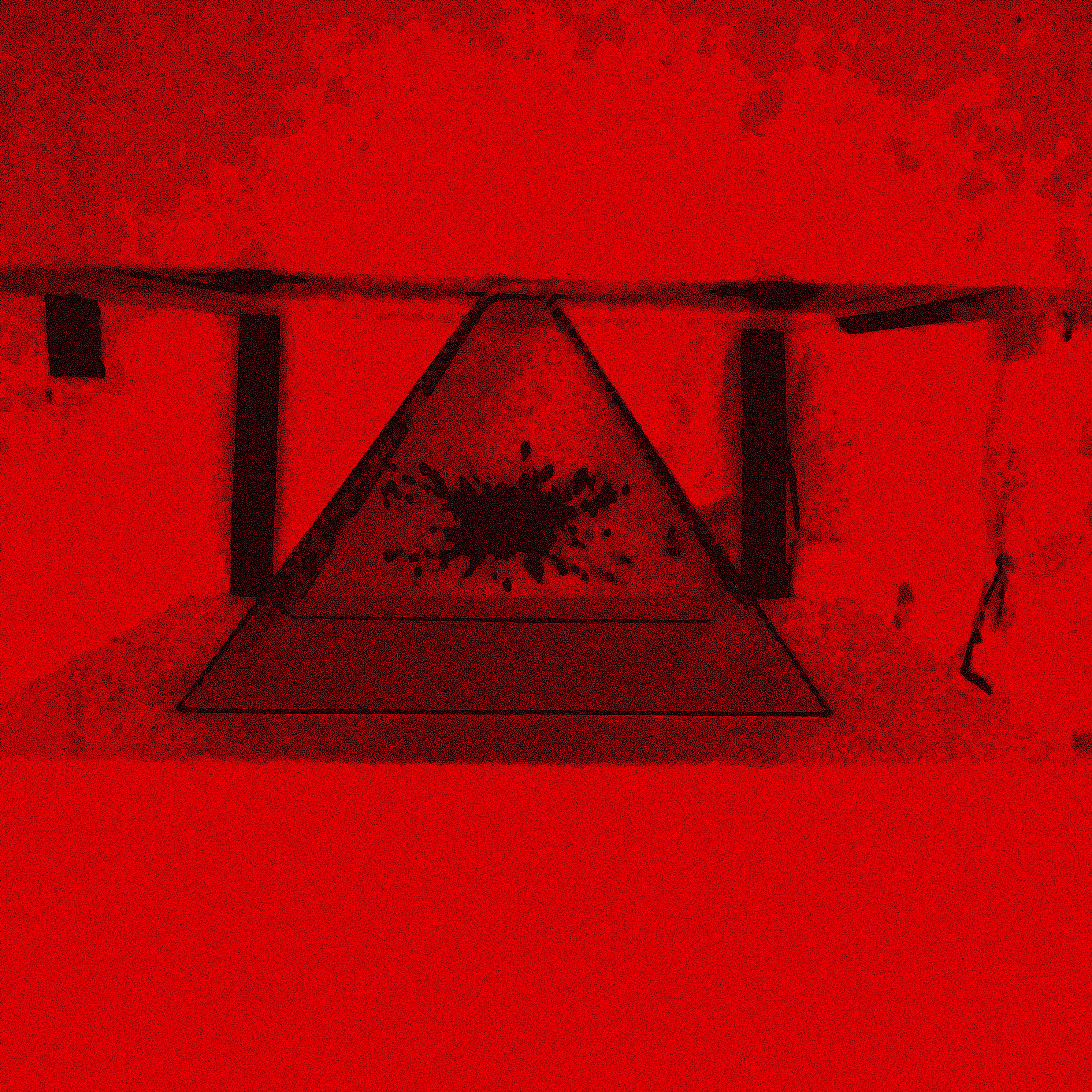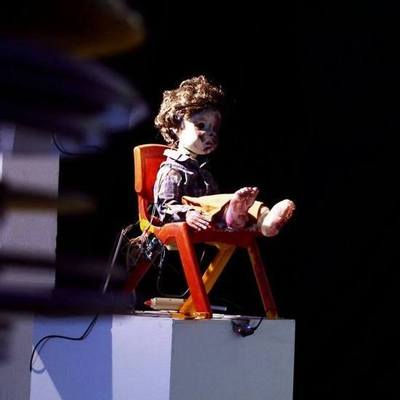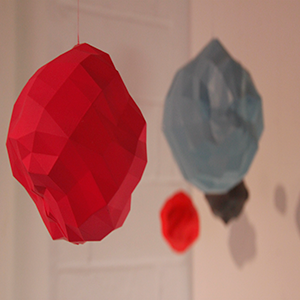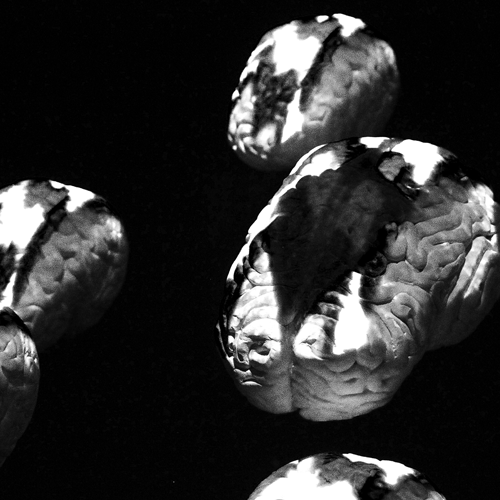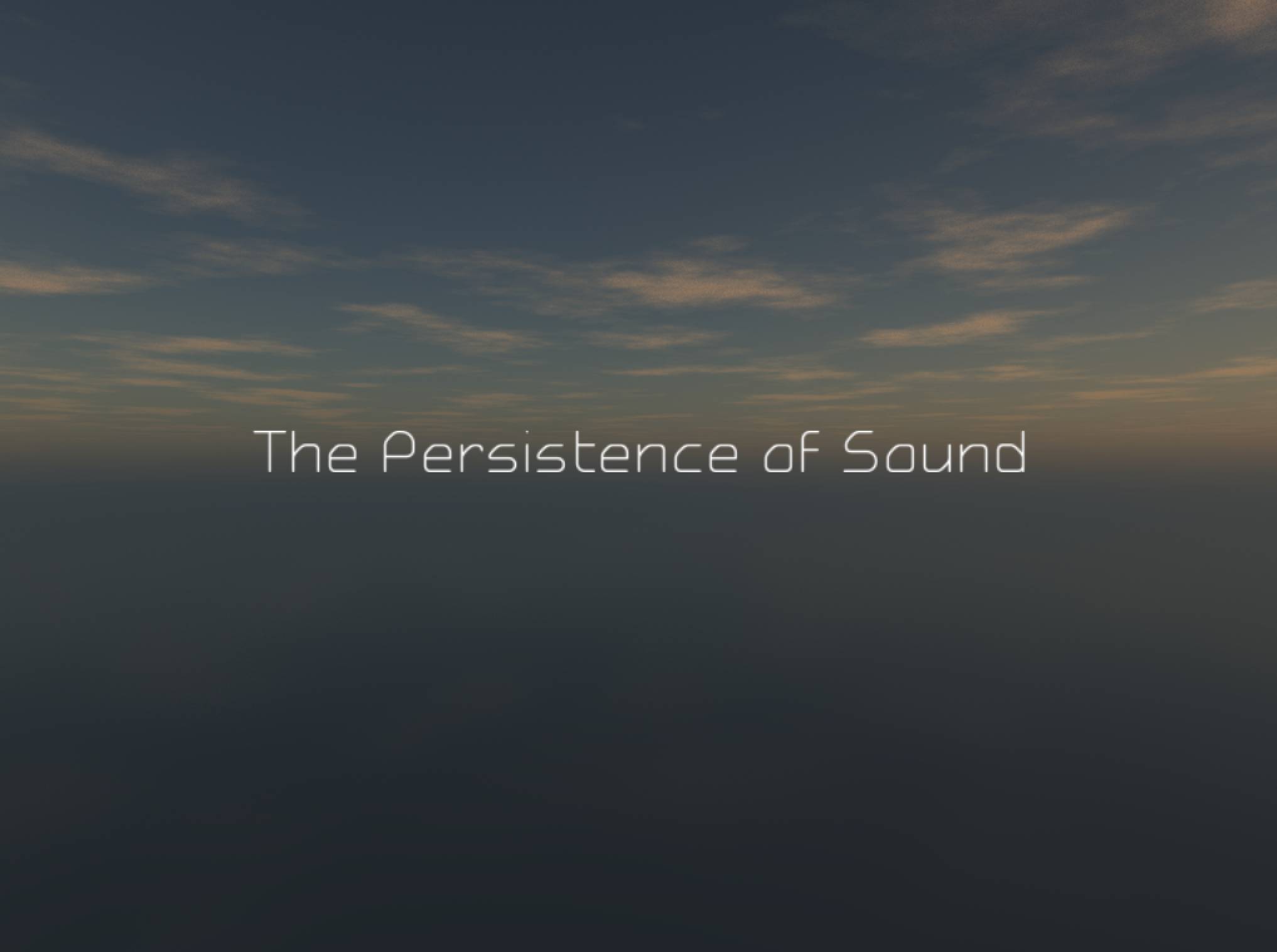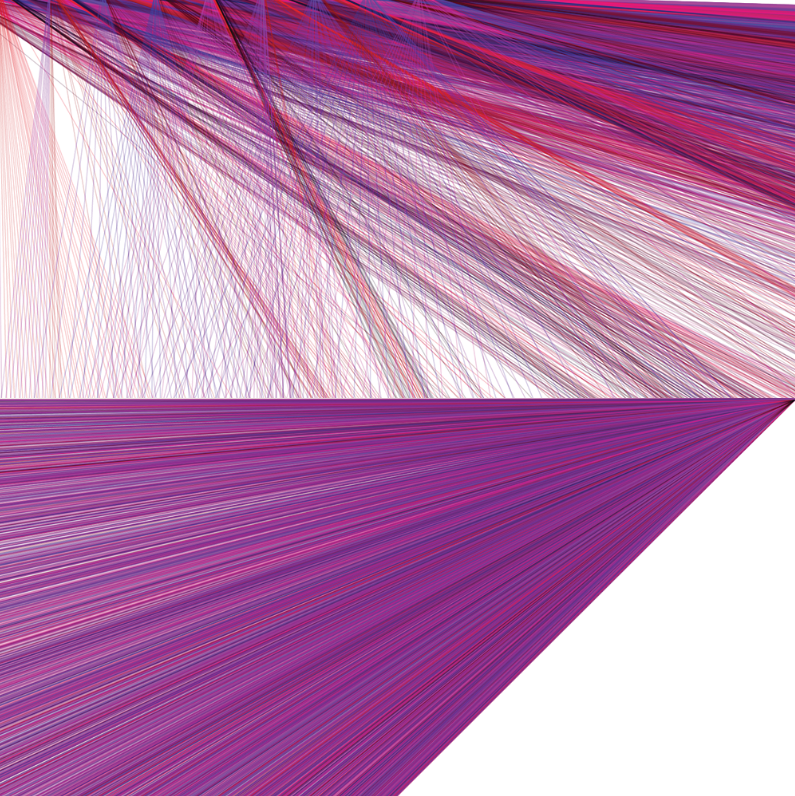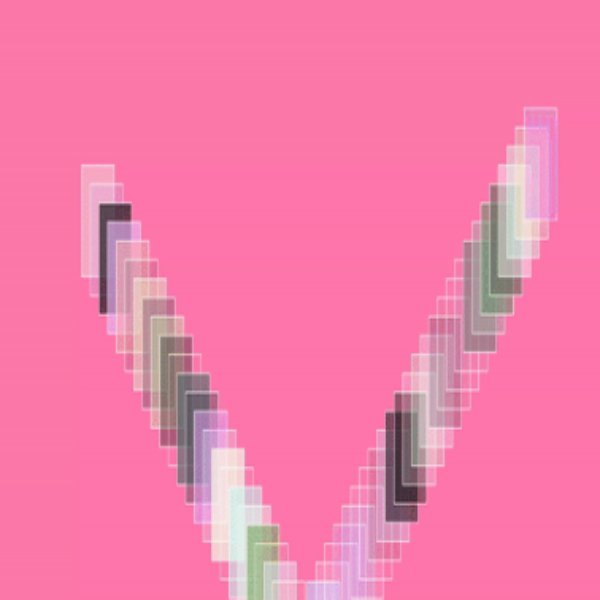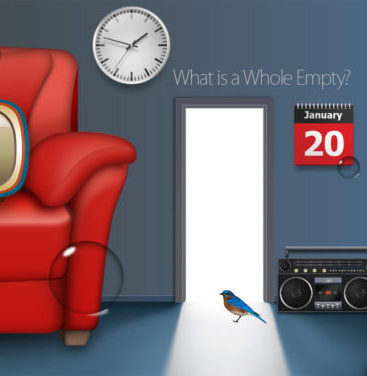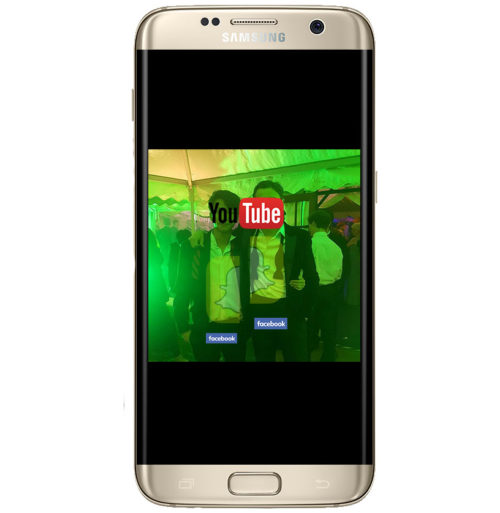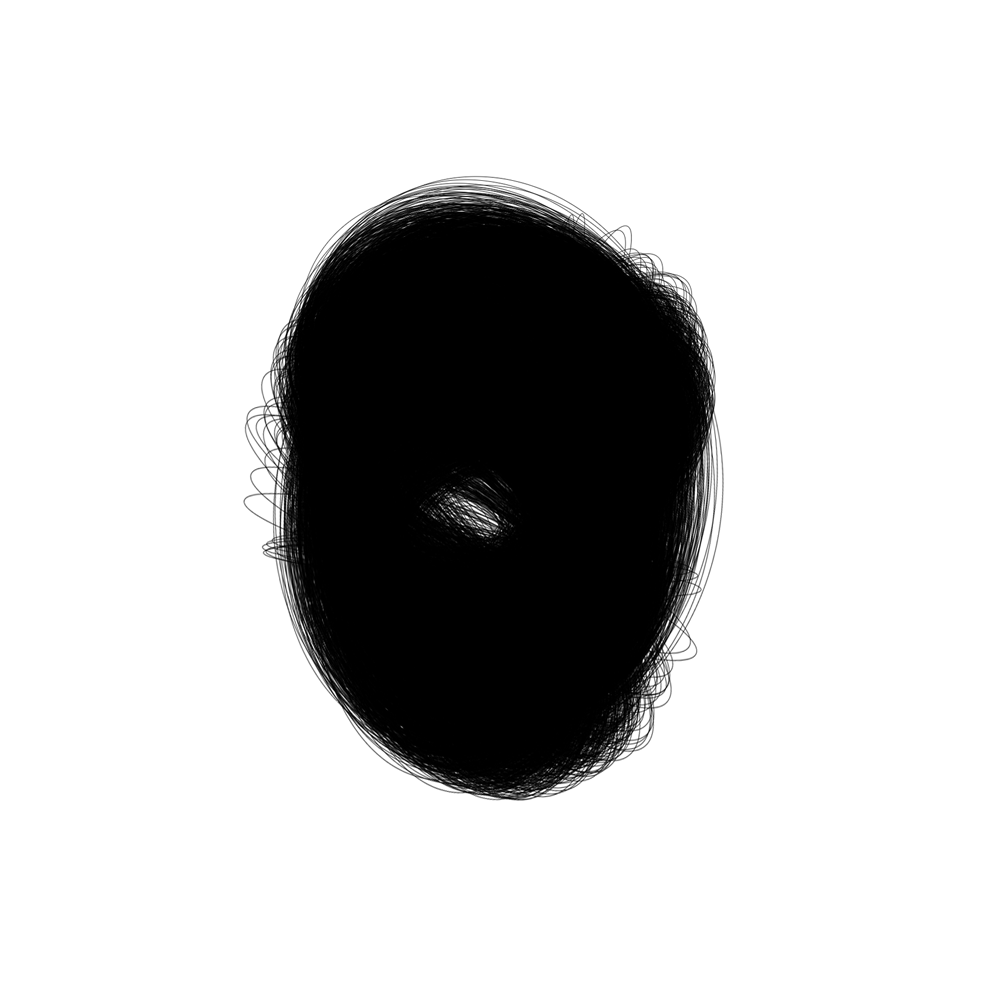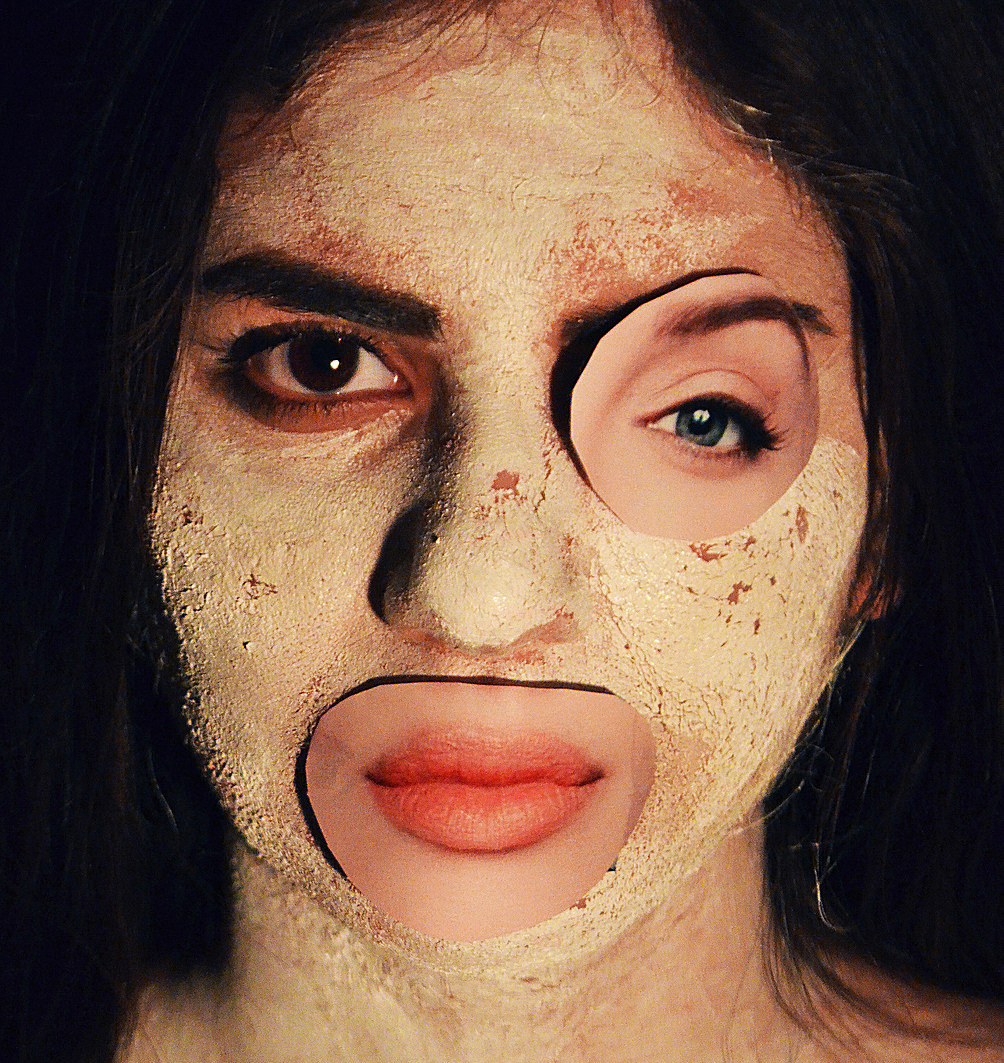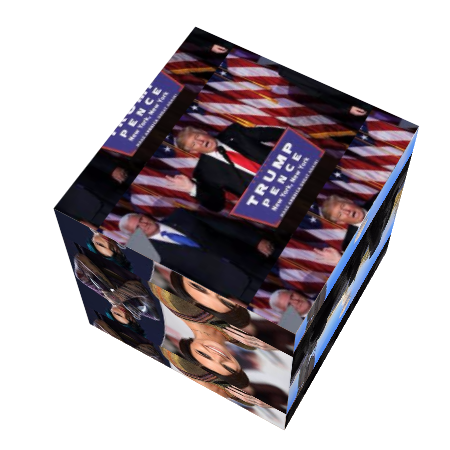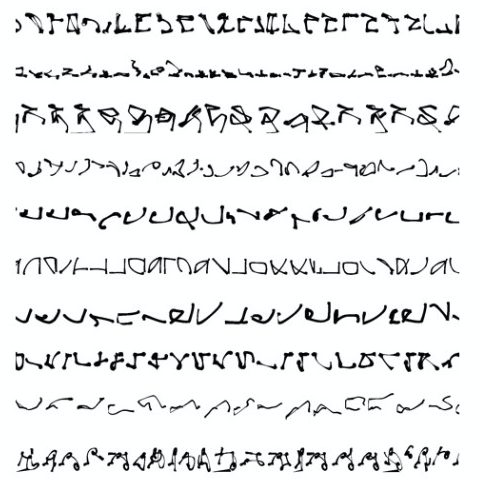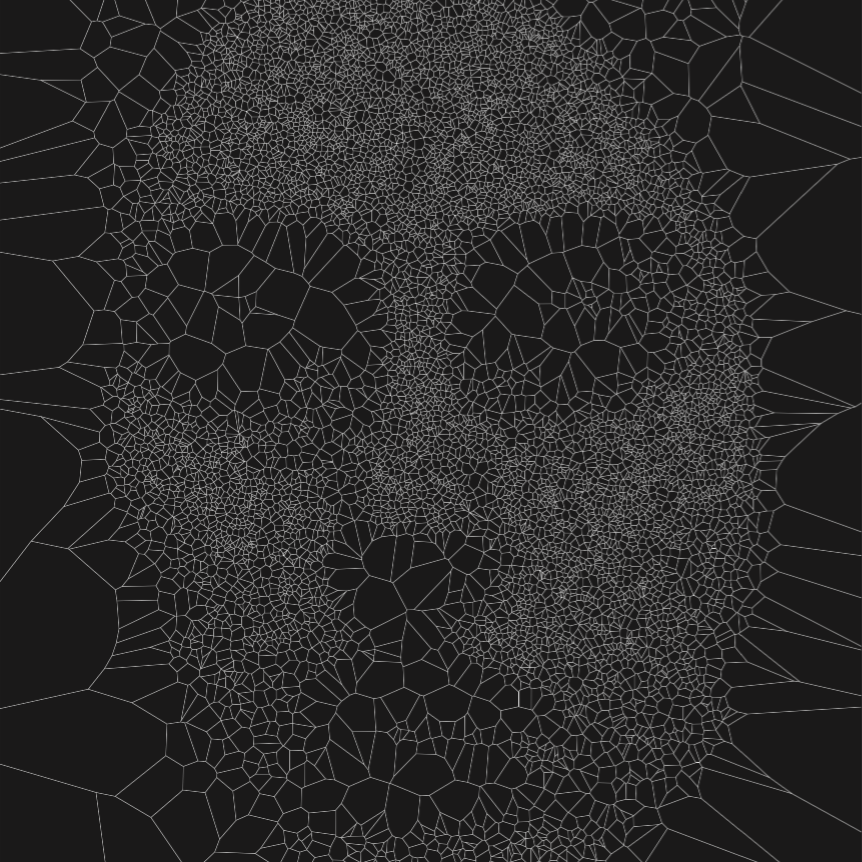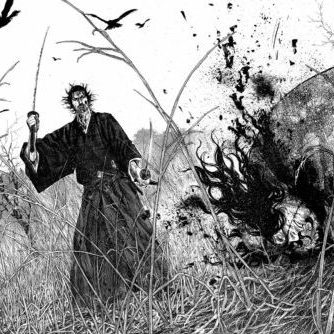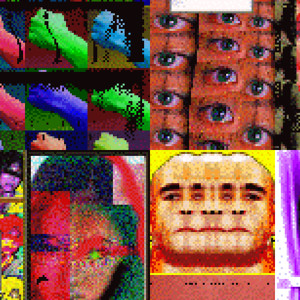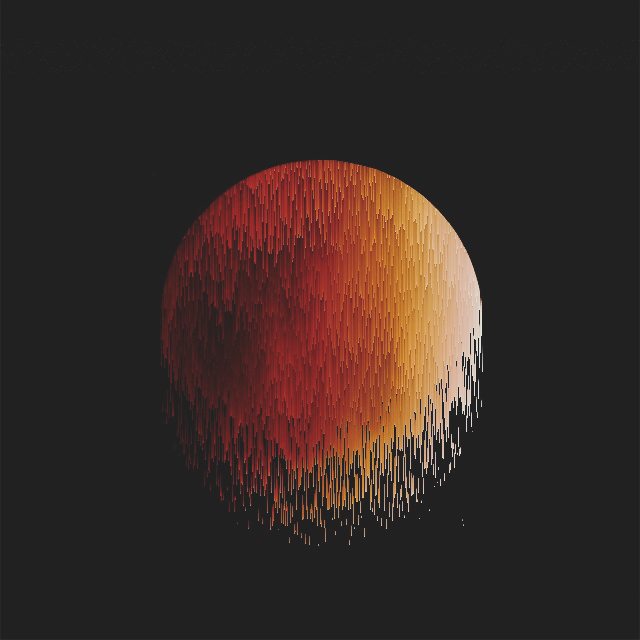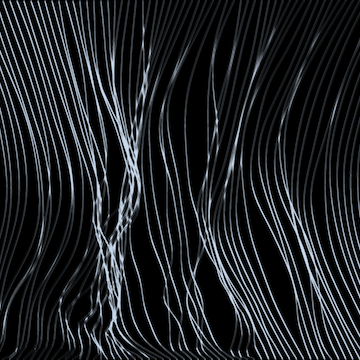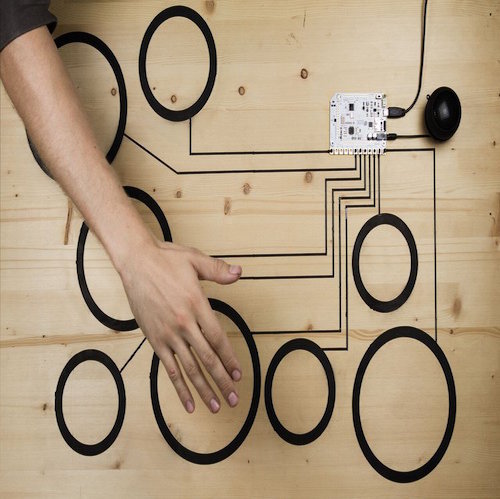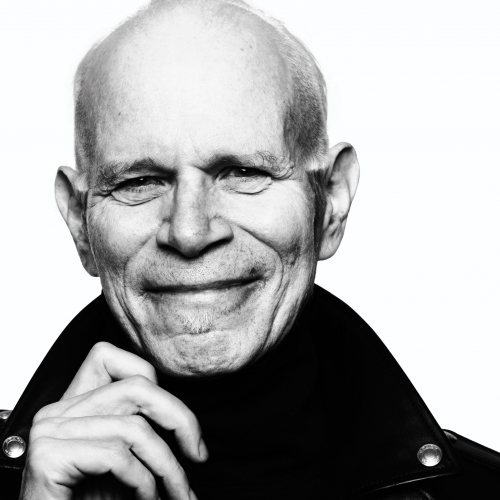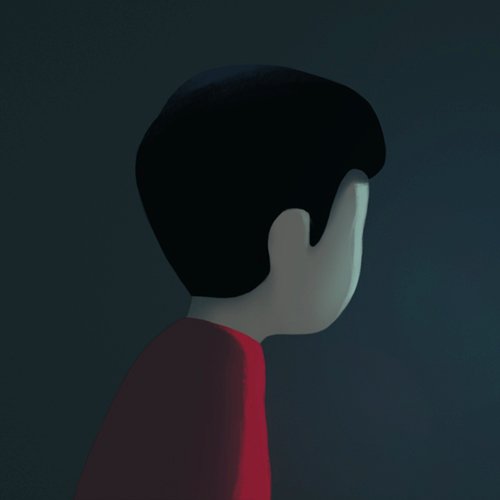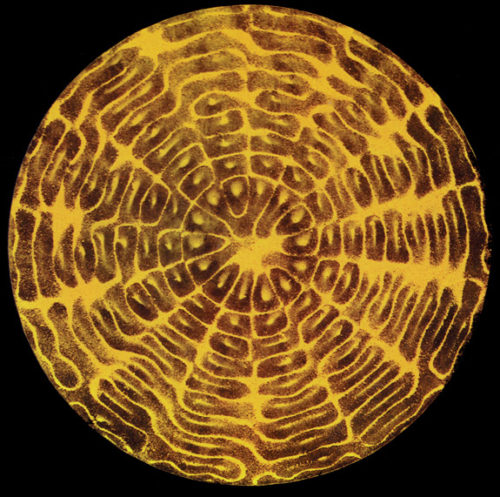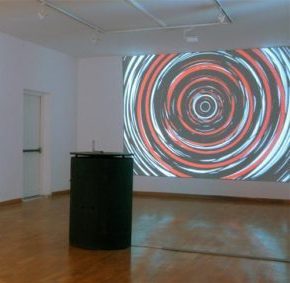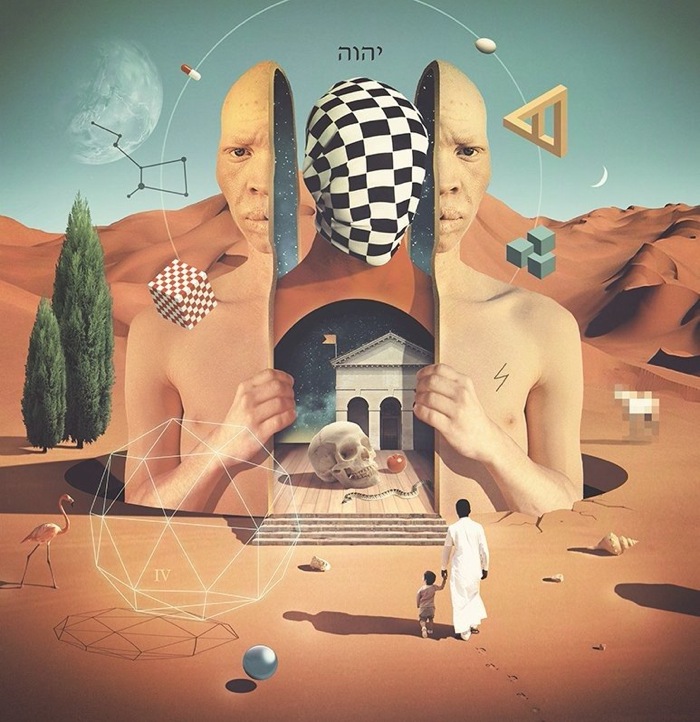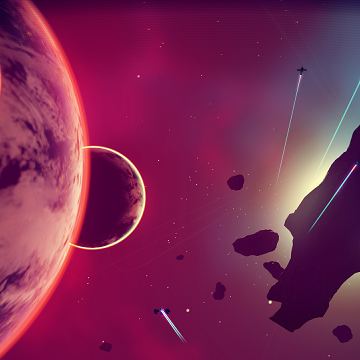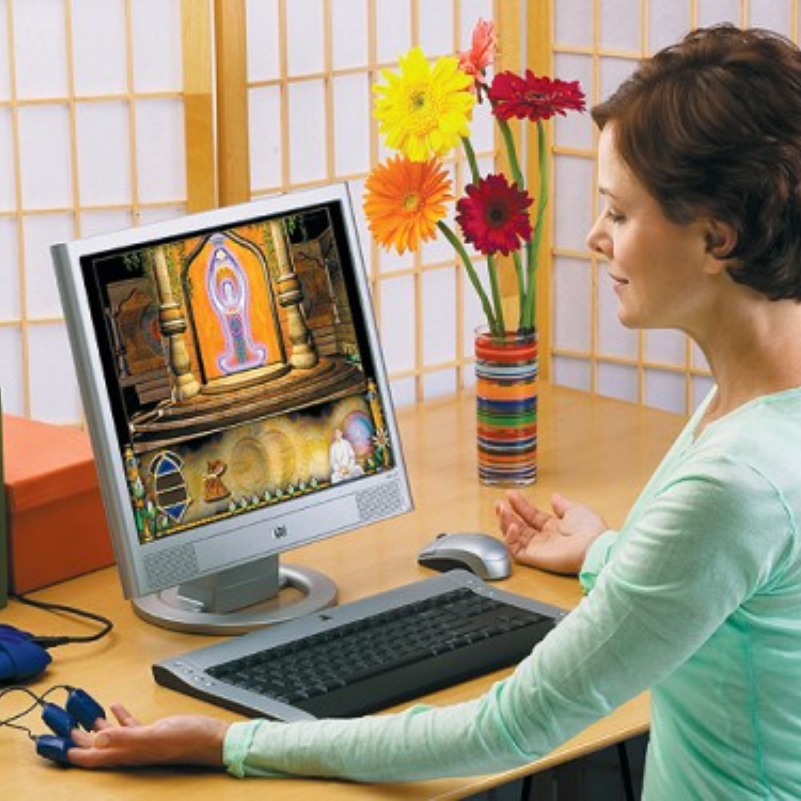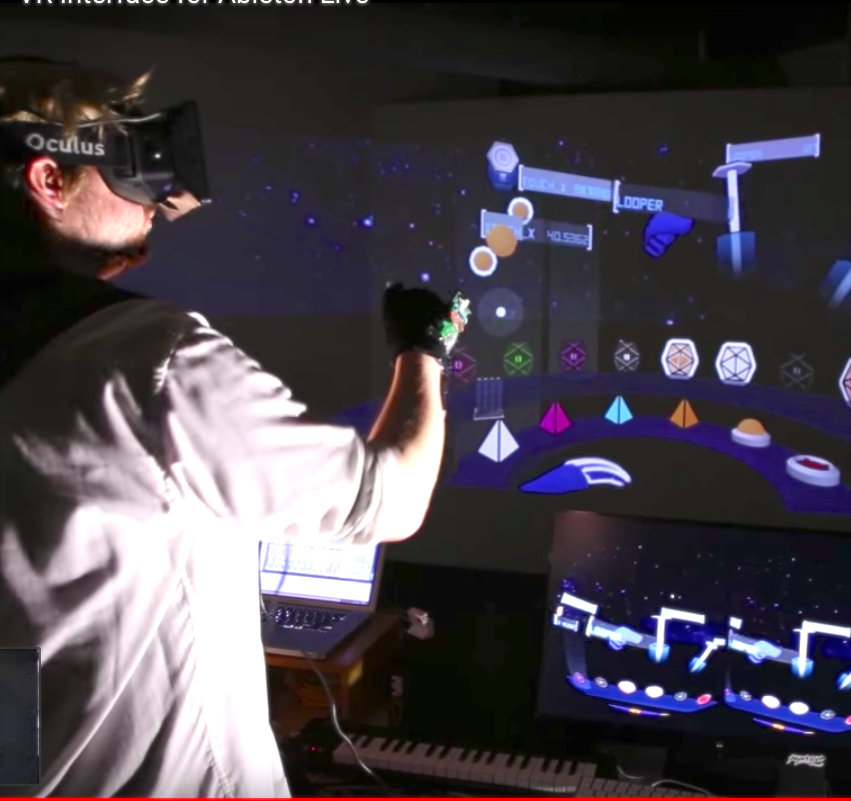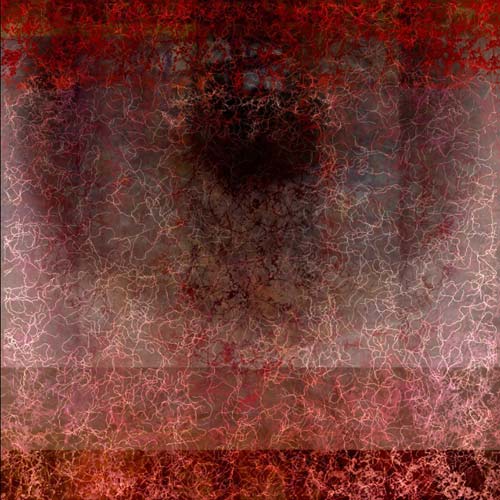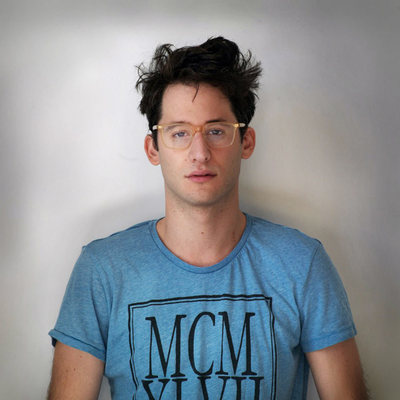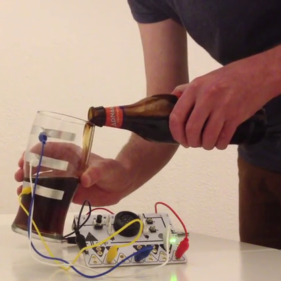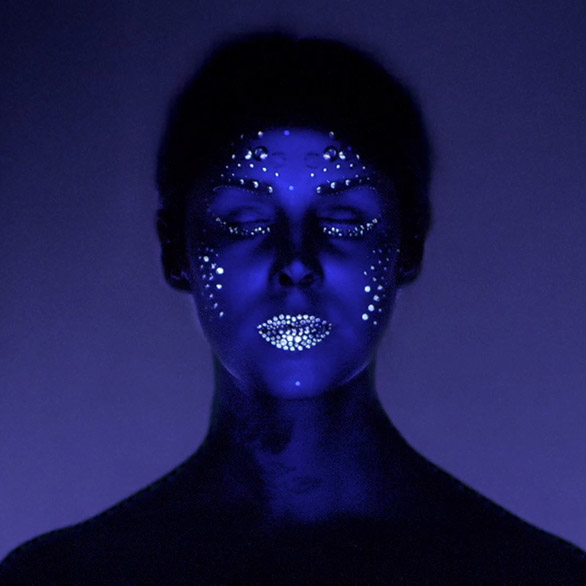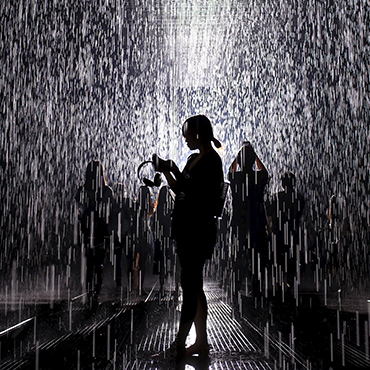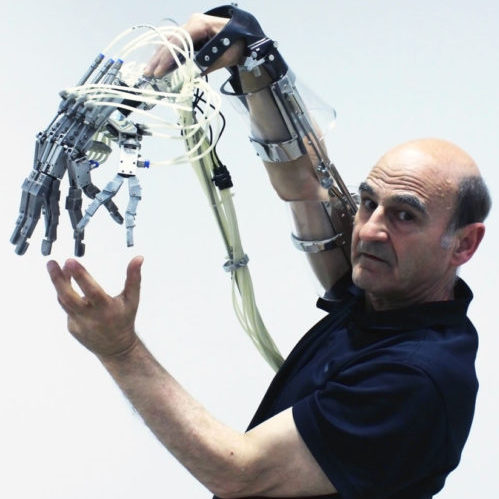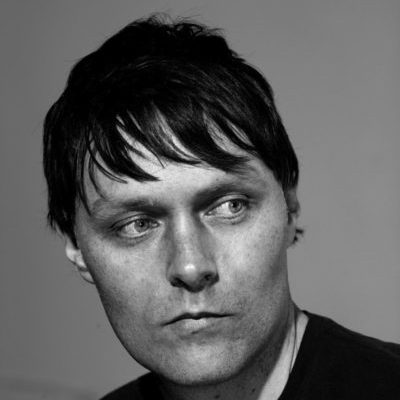Surrealism
by: Itonisha Rowe and Becky Johnson
This post is an exploration of the Surrealism movement through both traditional and contemporary mediums. In exploring this topic, we have aimed to develop the aesthetics for a three dimensional environment that is both navigational and manipulatable by the user's choice of audio input.
The flow of our creative research began by wanting to look at how aspects of nature are visually incorporated into technology however we realised that this is a very broad subject. From this we quickly found ourselves onto the topic of art movements that take worldly subjects and how they visually convey these matters, which in turn led us to the movement of Surrealism specifically.
As a brief introduction to Surrealism, it is a movement that developed from Dadaism [1] in the early 1920s. Dadaism itself is a movement which emerged during the First World War in an attempt to restructure social order after the destruction caused by the technological advances in weaponry, communications, and transportation systems. Surrealism stems from this approach and aims to express the creativity of the unconscious self in its own illogical manic way and also to force you to question reality and the potential of the unconscious mind through various mediums.
Yves Tanguy
Yves Tanguy was a Surrealist painter in the early twentieth century who referenced artists such as Salvador Dali and Mark Rothko. He is best known for his abstract biomorphic shapes and paints hyper-realistic worlds. His work reflects his obsession with childhood memory, dreams, hallucinations, and psychotic episodes and as a result his landscapes become a blend of fact and fiction. Objects hover in midair or drift towards the sky. His manipulation of perspective of the natural world contributes to the hallucinatory effect he creates in his work.
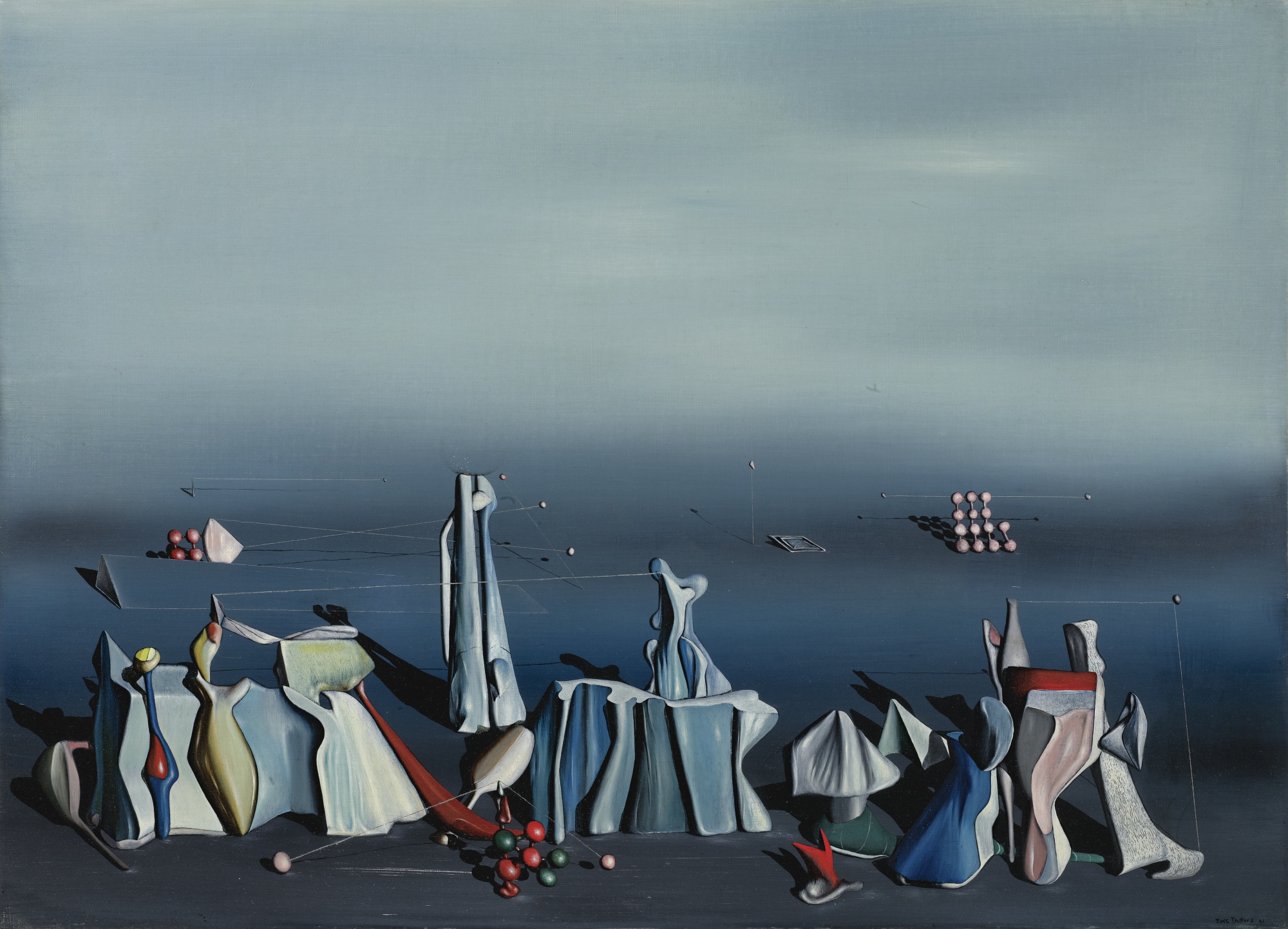

David Brian Smith
Smith takes reference from both Surrealist and Impressionist movements. He attempts to capture feelings and experiences through his work by creating life-sized pieces so that he feels that he can be connected with the world he is creating.
David Brian Smith has a farming background and from this he creates an autobiographical link to his work. This series of his work is based off of a singular photo that his mother showed him of a shepherd tending to a flock in a newspaper from the 1930s, and for each piece he states that he "reinvents the space, light, and palette within the picture" [2] to create a drastically different interpretation. Another way he incorporates a surrealistic approach is through the use of recursion in the landscapes. However he includes a primary solitary figure, which is the shepherd and the dog in this series of work, to become the focal point of the piece. His use of colours consists of superimposing three primary colours to produce a final print.
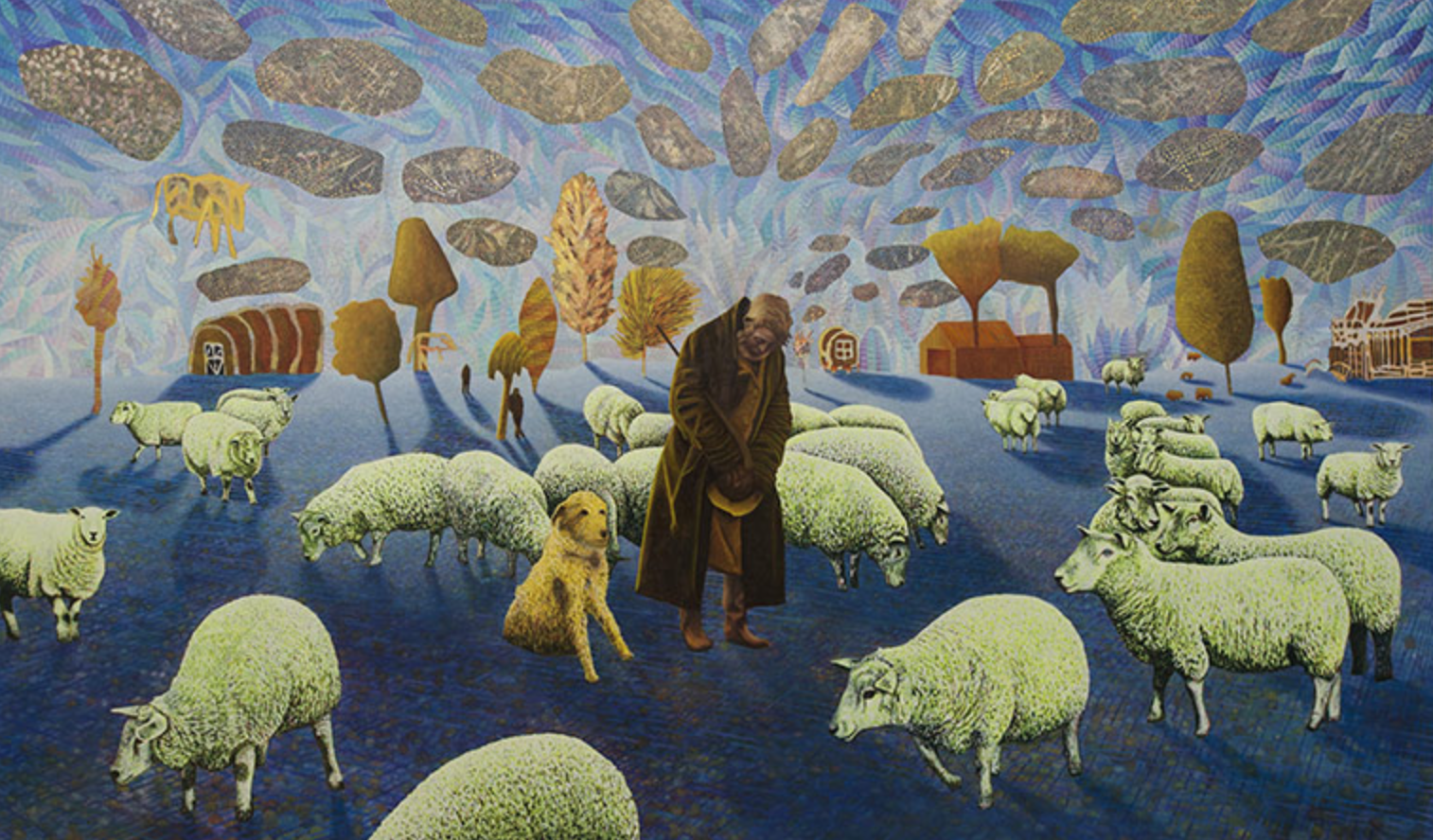

Hans Henningkorb - The Score
Hans Henningkorb's piece, "The Score" [3], consists of a virtual space that interacts with the user's behaviour in a one-to-one experience. There is a complex musical logic that is described by four individual systems that generate an orchestral piece of microtonal clusters. Microtones are intervals that are smaller than semitones that are not commonly used in Western tuning which features twelve equal intervals per octave. The piece characterises and understands the instrumentation of this musical system as a huge two-dimensional environment as sound-colours, systems, and dynamics. With a dextrous use of colour and shapes, Henningkorb creates visuals that are simultaneously realistic and unearthly through the depiction of intricate textures and great depth. Through the systems circuitous relationship, it has given us the idea to develop a somewhat esoteric and hyper-realistic environment that translates and interprets audio data in an ambiguous manner.
SVBLM - The Bends
SVBLM [4] is a group that specialise in creating small browser-based games using Unity. The Bends is a walking simulation with its environment as a small valley in which you can wander. Throughout the valley there are large black pillars that you can walk to and "select", when selecting a pillar it adds a layer to a song that is synchronised to a preset time phrase. Walking away from a selected pillar makes the corresponding sound seem further away which gives us a sense of depth through elements other than the visuals. This environment seemed to bring forth a feeling of alienation and a solitary existence, which is something we would like to recreate.
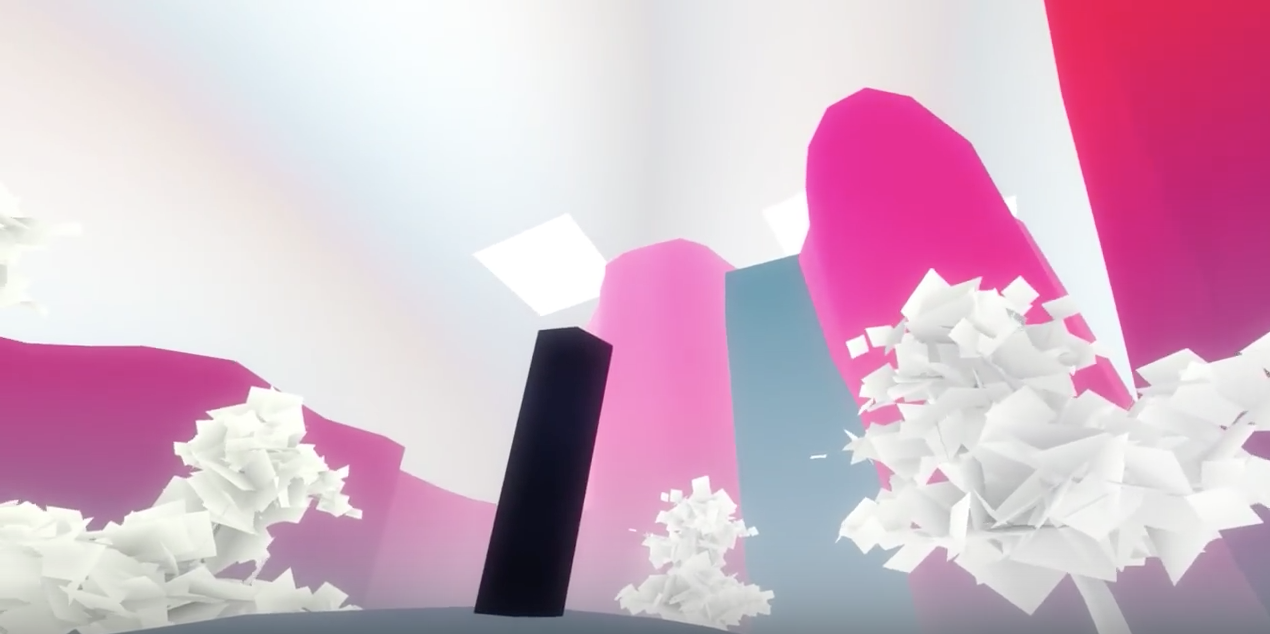

HeyApathy - City of Gears
The ‘Virtual Metropolis’ [5] is an interactive installation created by artist Mike Parsons and graphics visualisation specialist Michael Peters. The installation investigates mankind’s connection and responsibilities regarding nature, technology, and progress. The piece features cities, factories, forests, war torn landscapes, metaphysical interiors, and mechanised mass production.
These are imaginary environments that the audience can move seamlessly between using a standard video game controller to explore and manipulate their surroundings. It combines interactive video projections with 2D works on canvas, using multiple screens periodically placed among several 2D paintings. The idea is to create an all-encompassing environment in which the audience becomes completely immersed in this dystopian mechanical world. The installation takes place usually within a twenty by twenty foot enclosed cube with projections and digital paintings covering all six walls. This environment explores some of the fundamental concepts of Dadaism by focusing on the consequences caused by abuse of technology and social advancements.
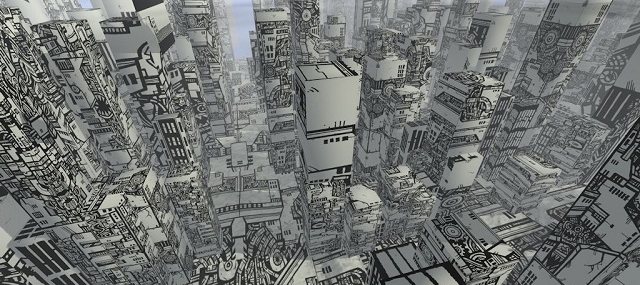

Ustwo - Monument Valley
Monument Valley is a puzzle game developed and published by indie studio Ustwo. The player leads the Princess Ida through mazes of optical illusions whilst manipulating the world around her to reach various platforms. It is a surreal exploration through fantastical architecture and impossible geometry, played by isometric view. The juxtaposition of objects and the use of continuity in space is an avenue explored through surrealism. Displayed through bold, blocks of colour Monument Valley uses “ambient, Zen-like sounds” [6] and limited story telling to allow the user to become absorbed in this tranquil setting.
All of the projects above incorporate properties of surrealism that we wish to absorb into the aesthetics of our project in some way. From the element of recursion featured in Smith's, SVBLM's and HeyApathy's work to the abstract biomorphic shapes present in Tanguy's pieces. In Monument Valley we found the use of space and illusion a very interesting concept for our project and hope to assimilate some aspects of the illusionary features present in the game. Also the game has influenced our thought process in terms of the sounds that we would like to sample and include into our project. We want the sound and the visuals of our project to complement one another as well as they do in Monument Valley. We hope to be able to create a visually stimulating three-dimensional world that pays homage to surrealism's testimony.
References
[1] Dadism and Surrealism
[2] David Brian Smith
[3] Hans Henningkorb
[4] SVBLM
[5] City of Gears
[6] Monument Valley


